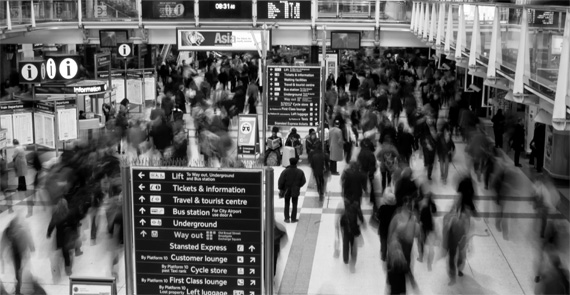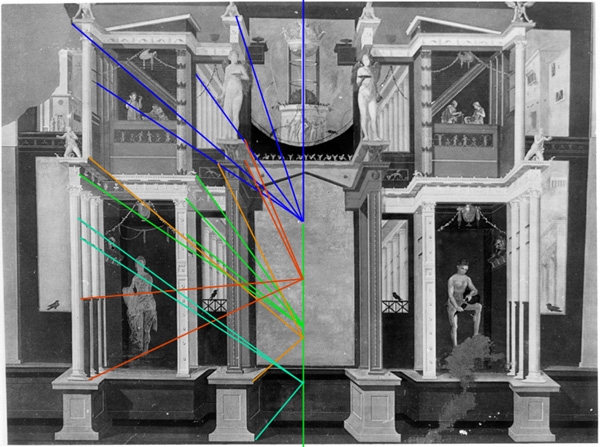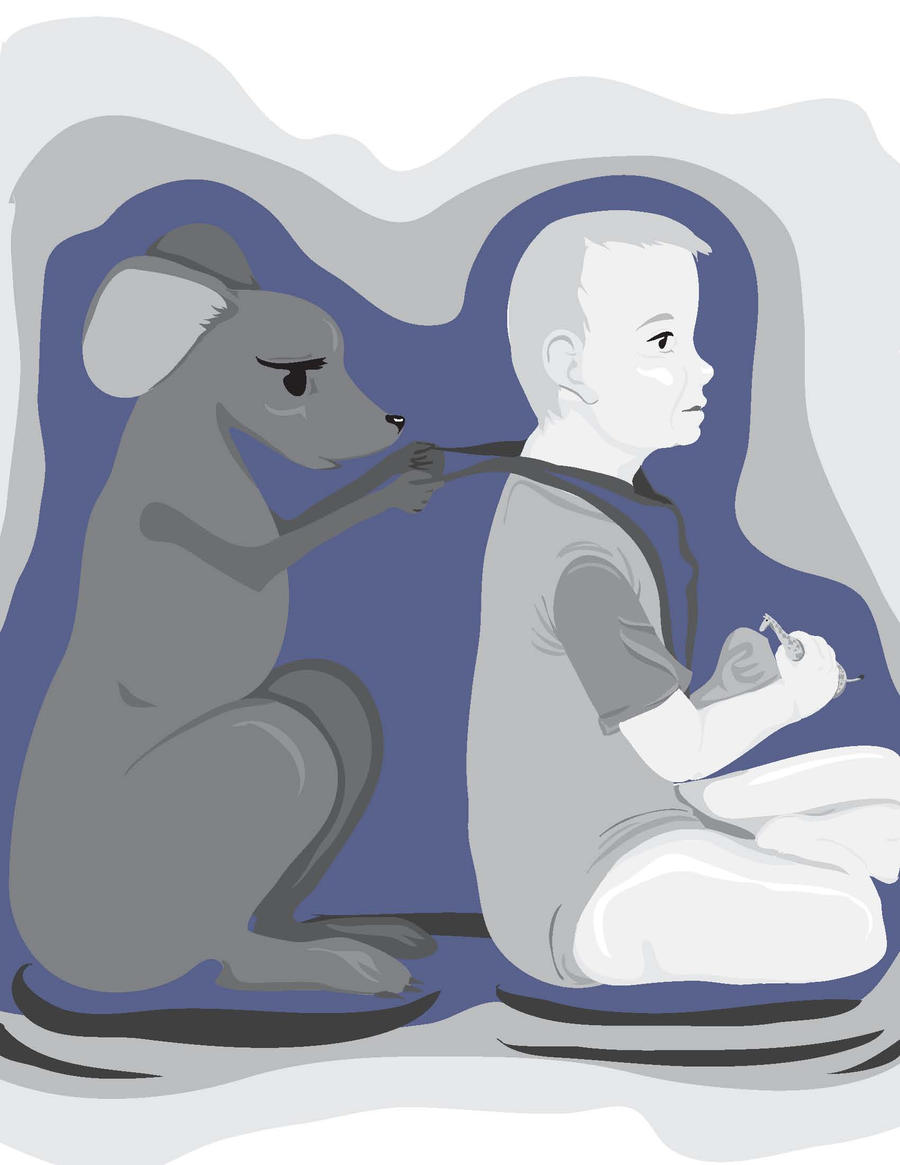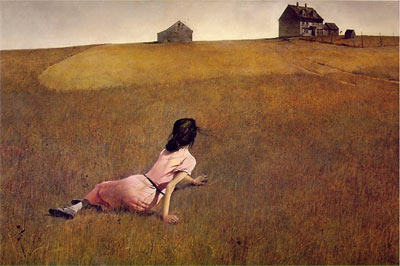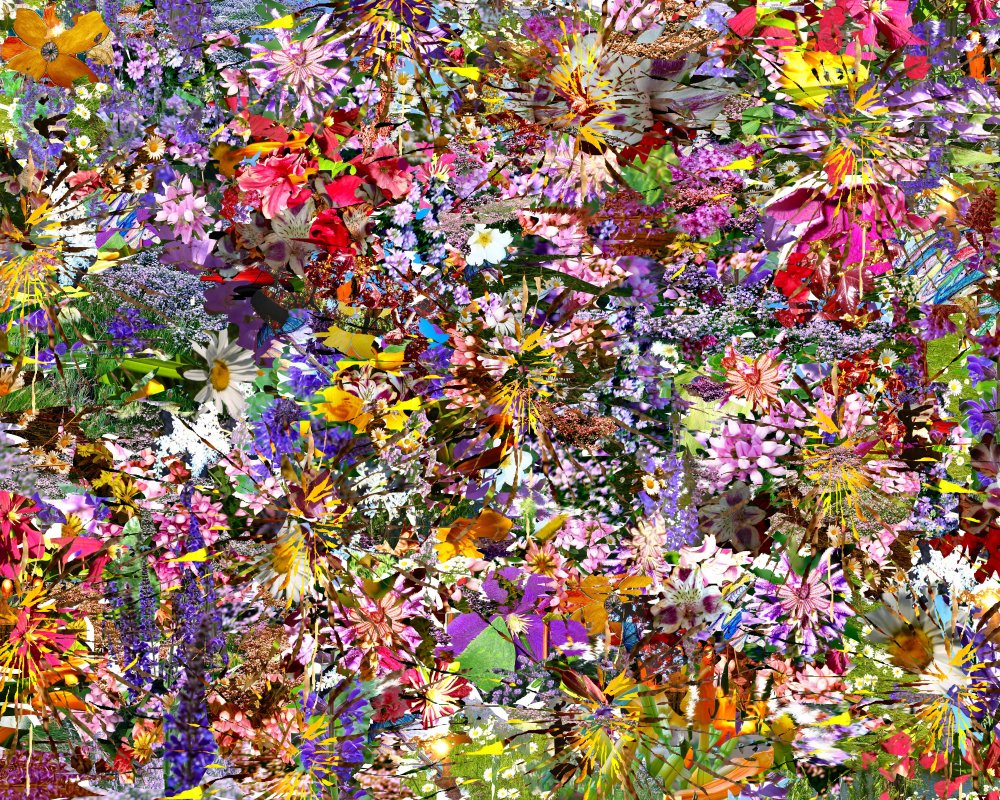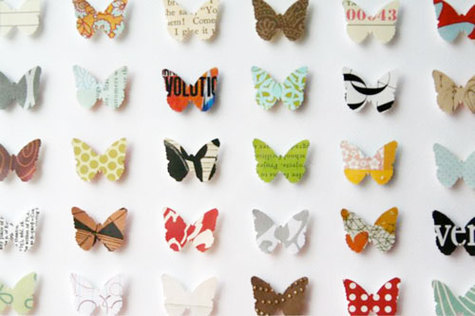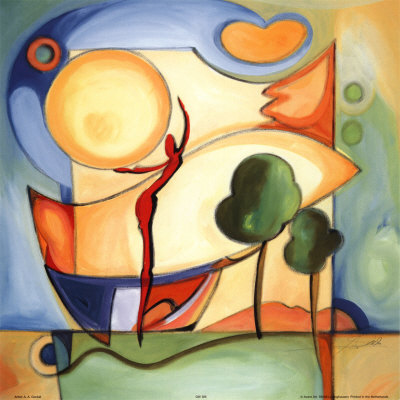Even if there is one pretty strong focal point, other elements may be placed as important focal points also, even if not the major one. Sometimes, "the focal point has the role of attracting attention so that we then take more time to absorb the remaining elements of the piece."
We see the primary focal point (the yellow "SEPT. 11, 2001") first due to its color contrast against the black background, and is made so because of the story's importance. The secondary focal point is the "PEOPLE Weekly" since that's the name of the magazine, obviously important for sales. The tertiary focal point is the background picture of the Wold Trade Center towers in September 11th.

